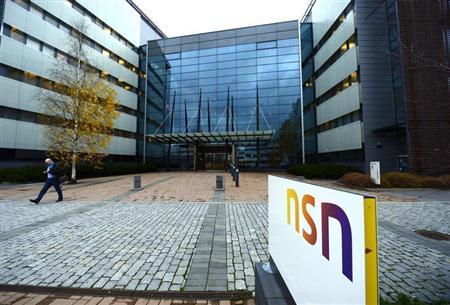At the Mobile World Congress (MWC) 2014, Nokia Solutions and Networks today said it achieved the world’s first TDD-FDD carrier aggregation demo with Korea Telecom and SK Telecom.
NSN said the TDD-FDD carrier aggregation innovation will allow telecom operators to improve LTE mobile broadband speed and boost TD-LTE coverage by 50-100 percent.
In addition, the use of TDD, FDD spectrum optimally will save costs for mobile operators. Reliance Jio Infocomm, a 4G operator in India, recently said it is looking at utilizing 1800 MHz and 2300 MHz spectrum to launch 4G across the country.
NSN said the demonstration was carried out separately with the two operators, using NSN’s Flexi Multiradio 10 Base Station. This breakthrough is a boon for operators and LTE mobile broadband subscribers as it will enable significantly improved network capacity, high-capacity coverage and speed.
Korea Telecom said it is keen to continue its partnership with NSN to apply TDD-FDD carrier aggregation technology to commercial networks.
“Based on the success of this demonstration, KT will continue developing leading technologies for the global TDD market,” said Seong-Mok Oh, senior executive vice president and head of Network Group at KT.
SK Telecom said it will strive to maintain global leadership in both TDD and TDD-FDD convergence technologies.
“The significance of TDD-FDD carrier aggregation is that it provides the technical basis for faster and more efficient data services, combining TD-LTE technology which is becoming more and more widely adopted with FDD-LTE used in most networks today,” said Jin-hyo Park, senior vice president, head of network technology R&D center at SK Telecom.
With carrier aggregation, operators can combine their low-frequency FDD bands such as 850 MHz and 900 MHz with high-frequency TDD bands such as 2300 MHz and 2600 MHz in order to provide high-speed mobile broadband in large areas.
NSN said high-frequency bands are typically uplink limited and have less coverage. In the case of TDD-FDD carrier aggregation, however, operators can improve their high-frequency band TD-LTE coverage by 50-100 percent using TDD for downlink only and using the lower-frequency FDD for uplink as well as downlink. This increase in TD-LTE coverage thus provides a larger “high- capacity LTE” coverage area.
In addition, TDD-FDD carrier aggregation allows load balancing between TD-LTE and FDD LTE networks. This ensures seamless mobile broadband coverage and optimal speed for all subscribers of TD-LTE and FDD LTE networks, and optimizes the utilization of both bands for a quick return on investment for operators.






